Sowing of Trees and Shrubs: The Importance of Fresh Seeds
Dutch
2 months ago
Related Stories

TREESHow to Buy Healthy Trees and Shrubs
A healthy young plant with a strong form is more likely to do well in your yard. Here’s what to look for at the nursery
Full Story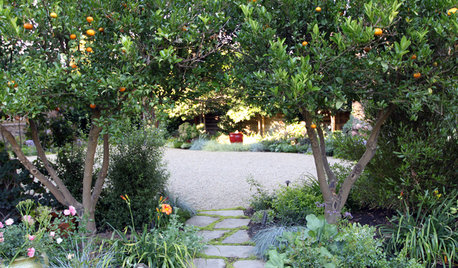
GARDENING GUIDESHow You Can Rejuvenate Your Citrus Trees This Winter
Give citrus trees a fresh start with these simple tips, and enjoy their abundant fruit and beauty
Full Story
EDIBLE GARDENSHow to Grow 10 Favorite Fruit Trees at Home
Plant a mini orchard in fall, winter or early spring to enjoy fresh-off-the-tree fruit the following year
Full Story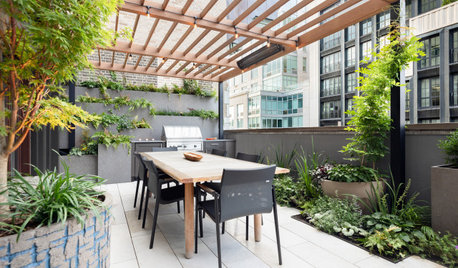
HOUZZ PRODUCT NEWSLandscape Pros Share 12 Favorite Trees for Containers
Experts share the trees and tree-like shrubs they use to create a lush garden look in a yard big or small
Full Story
GARDENING GUIDES10 Top California Native Plants, Trees and Grasses
Enjoy a fuss-free, water-wise garden in the Golden State by growing plants naturally in tune with the climate and wildlife
Full Story
ARBOR DAY8 Reasons to Plant a Great Tree
Beauty is its own reward, but the benefits of planting the right tree in the right place go way beyond looks
Full Story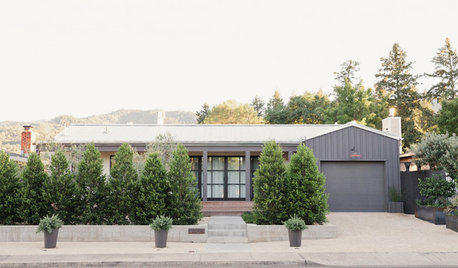
PLANTING IDEASHedgers and Edgers: The 10 Best Shrubs for Structure
Find out about top picks for privacy screens, formal hedges and low-growing borders
Full Story
SPRING GARDENING7 Spectacular and Practical Spring-Flowering Trees
Put on a beauteous show in the garden with a landscape tree awash in flowers — just do your homework first
Full Story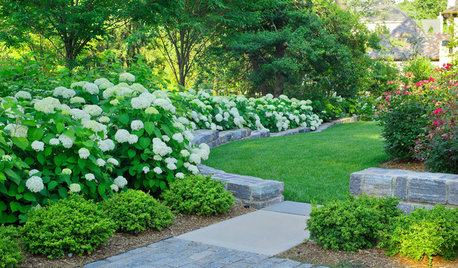
FLOWERS AND PLANTS10 Essential Shrubs for Mid-Atlantic Gardens
Easy-to-grow mid-Atlantic native shrubs celebrate the character of the region
Full Story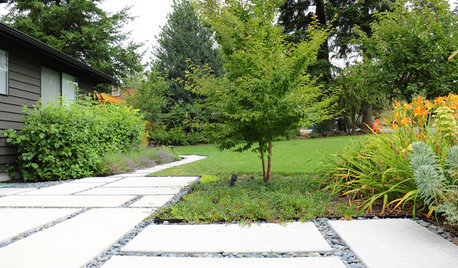
ARBOR DAY10 Trees Landscape Designers Love
In honor of Arbor Day, consider adding a beautiful and beneficial tree species favored by designers around the country
Full Story


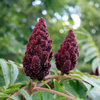
rosaprimula
Related Discussions
Sowing shrubs from seed
Q
I ordered tree and shrub seeds!
Q
What Bushes or shrubs do you winter sow?
Q
Sowed 1.5 mil. seeds, got mostly weeds
Q